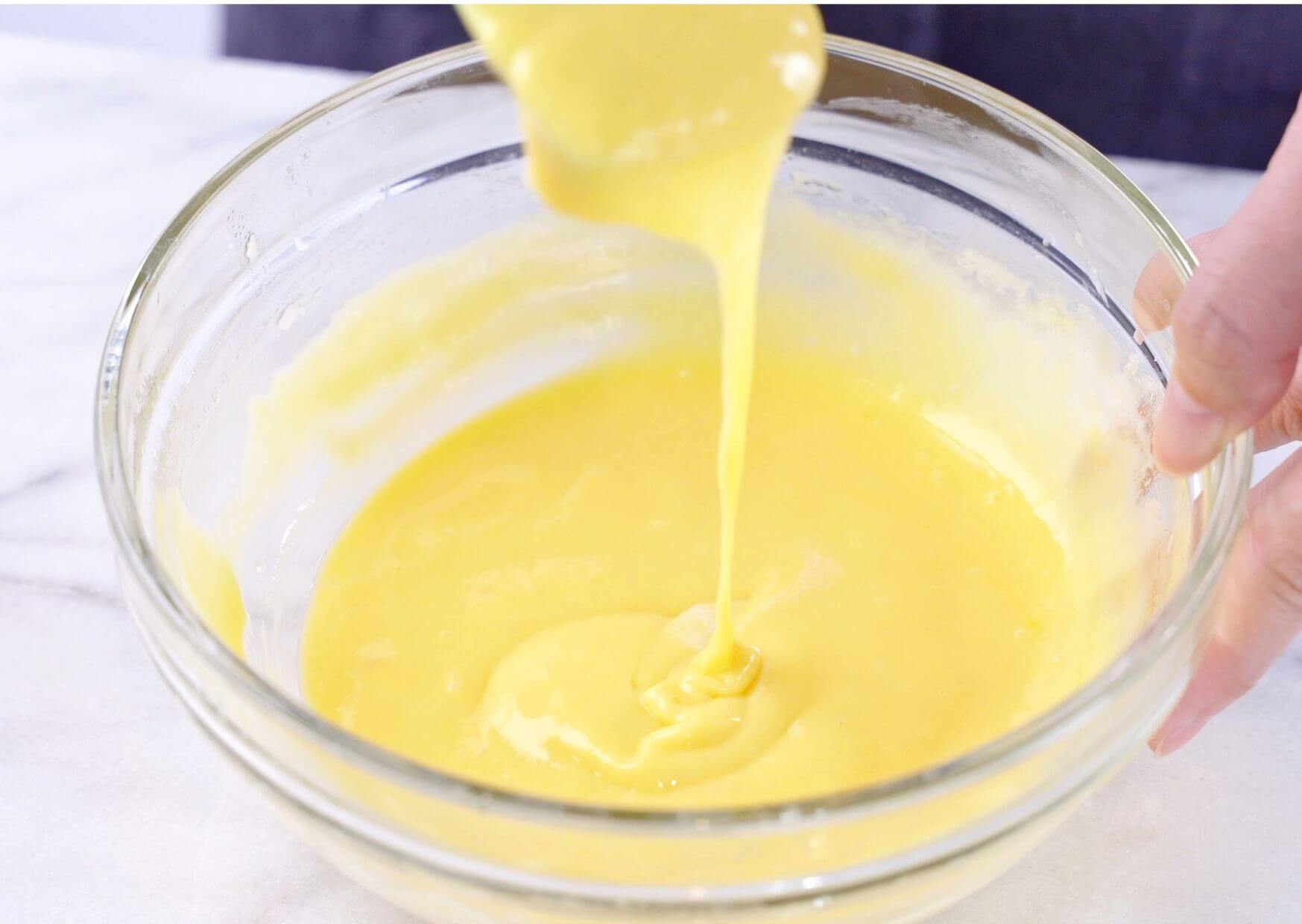

Articles
How To Store Leftover Cake Batter
Modified: February 22, 2024
Learn how to properly store leftover cake batter to ensure freshness and deliciousness for your next baking adventure. Read more in our informative articles!
(Many of the links in this article redirect to a specific reviewed product. Your purchase of these products through affiliate links helps to generate commission for Storables.com, at no extra cost. Learn more)
Introduction
Leftover cake batter is a common occurrence when baking cakes, cupcakes, or other delicious treats. Whether you made too much batter for your recipe or simply want to save some for later use, knowing how to properly store leftover cake batter can come in handy. This article will provide you with useful tips and methods to ensure your leftover batter stays fresh and ready to use whenever the craving strikes.
Storing leftover cake batter is not only a practical solution to prevent waste but also a convenient way to have cake batter readily available for impromptu baking sessions. By following the right storage techniques, you can maximize the shelf life of your batter and maintain its quality, ensuring that your baked goods turn out equally delicious each time.
In this article, we will explore various methods to store leftover cake batter, including refrigeration, freezing, storing in jars, and using silicone molds. Additionally, we will provide precautions and tips to keep in mind when using stored batter. By the end of this article, you will feel confident in preserving your leftover cake batter for future use.
Key Takeaways:
- Don’t let leftover cake batter go to waste! Refrigerate, freeze, or store in jars to have ready-to-use batter for impromptu baking sessions. Get creative and experiment with different flavors and portion sizes for versatile and convenient baking.
- Storing leftover cake batter is a practical and cost-effective way to prevent waste and save time. Follow proper storage techniques, inspect for spoilage, and adjust consistency as needed to ensure delicious baked goods every time.
Read more: How To Store Cake Batter
Importance of Storing Leftover Cake Batter
Storing leftover cake batter is a practice that can offer several benefits. Here are a few reasons why it is important to store your unused batter:
- Prevent Waste: One of the most significant advantages of storing leftover cake batter is minimizing waste. Instead of throwing away excess batter, you can save it for later use, ensuring that no ingredient goes to waste.
- Convenience: Storing leftover batter allows you to have a baking shortcut whenever the craving for a freshly baked treat hits. With pre-preserved batter, you can easily whip up a batch of cupcakes or a small cake without having to mix the ingredients from scratch.
- Variety of Flavors: By storing different types of leftover cake batters, you can create a variety of flavors without the need for preparing multiple full-sized cakes. This allows you to experiment with different tastes, fillings, and add-ins to fit your preferences or cater to different occasions.
- Save Time: Having stored batter on hand can be a time-saver, especially during busy days or when unexpected guests arrive. Instead of spending additional time measuring and combining ingredients, you can simply grab your stored batter, pour it into the desired baking pans, and bake to perfection.
- Cost-effective: Storing leftover batter can also be cost-effective, as you won’t need to purchase additional ingredients for a new batch of batter each time. This can be particularly beneficial if you frequently bake and find yourself with leftover batter after each session.
By understanding the importance of storing leftover cake batter, you can make the most of your baking efforts and enjoy the convenience and versatility it offers. With a few simple storage techniques, you can ensure that your unused batter remains fresh and ready to use whenever you’re in the mood for some homemade sweetness.
Tips for Storing Leftover Cake Batter
Proper storage of leftover cake batter is crucial to maintain its freshness and quality. Follow these tips to ensure that your stored batter stays delicious and ready for future use:
- Clean and Dry Containers: Before transferring the leftover batter to storage containers, make sure they are clean, dry, and airtight. This will help prevent any contamination or moisture from affecting the batter’s consistency and flavor.
- Label and Date: To keep track of different batches of stored batter, label each container with the type of batter and the date it was prepared. This will help you maintain freshness and know which batter to use first.
- Remove Excess Air: When storing the batter, try to remove as much air as possible from the container. This can be done by pressing plastic wrap directly onto the batter’s surface or using containers with tight-fitting lids.
- Store in Small Portions: Instead of storing the entire batter in one large container, consider dividing it into smaller portions. This allows you to thaw or use only the amount you need without disturbing the rest of the batter.
- Freeze in Individual Servings: If you plan to freeze the batter, consider freezing it in individual portions. This way, you can easily thaw and use the exact amount needed for a single cupcake or a small cake without having to defrost the entire batch.
- Keep Track of Storage Time: Take note of the recommended storage times for different types of batters. Some batters may remain edible for a longer duration in the refrigerator or freezer, while others may have a shorter shelf life.
- Use Quality Storage Containers: Invest in high-quality storage containers that are specifically designed for food storage. These containers are typically made of durable materials and offer airtight seals, keeping your batter fresh for longer periods.
By following these tips, you can effectively store your leftover cake batter and ensure its longevity and quality. Whether you choose to refrigerate, freeze, or store in jars, proper storage techniques will guarantee that your batter is ready to produce delicious baked goods whenever you need it.
Method 1: Refrigerating Leftover Cake Batter
Refrigerating leftover cake batter is a simple and effective method to keep it fresh for a short period. Follow these steps to refrigerate your leftover batter:
- Cool the Batter: Allow the cake batter to cool completely before refrigerating it. This will help retain the batter’s texture and prevent condensation from developing inside the container.
- Transfer to a Container: Pour the leftover cake batter into an airtight container. Make sure the container is clean and dry, and leave some headspace to accommodate any expansion that may occur during refrigeration.
- Cover and Refrigerate: Seal the container tightly with a lid or plastic wrap. Refrigerate the batter for up to 2-3 days.
- Before Using: When you are ready to bake, remove the batter from the refrigerator and let it come to room temperature. Give it a quick stir to ensure all the ingredients are well mixed before using.
Refrigerating leftover cake batter is ideal when you plan to use it within a few days. It is a convenient option for those spontaneous baking sessions or when you want to make a small batch of cupcakes without the hassle of preparing the batter from scratch. Always remember to check for any signs of spoilage or changes in color or smell before using refrigerated batter.
Method 2: Freezing Leftover Cake Batter
Freezing leftover cake batter is a great way to preserve it for an extended period. Follow these steps to freeze your leftover batter:
- Cool the Batter: Allow the cake batter to cool completely before freezing. This will help maintain its texture and prevent ice crystals from forming.
- Divide into Portions: If you have a large quantity of leftover batter, consider dividing it into smaller portions. This will allow you to thaw and use only the amount needed without having to defrost the entire batch.
- Wrap and Seal: Place each portion of the batter in a freezer-safe bag or wrap it tightly with plastic wrap. Make sure to remove as much air as possible to prevent freezer burn.
- Label and Date: Label each package with the type of batter and the date it was frozen. This will help you keep track of the storage time and easily identify each portion.
- Freeze: Place the wrapped batter portions in the freezer and freeze for up to 3 months. Ensure that the freezer temperature is set to 0°F (-18°C) or below for optimal preservation.
- Thawing the Batter: When you are ready to use the frozen batter, transfer it to the refrigerator and thaw overnight. Once thawed, give it a gentle stir to remix any separated ingredients before using.
Freezing leftover cake batter is perfect for those times when you want to bake in small quantities or have a variety of flavors readily available. It allows you to save time and effort by having pre-prepared batter on hand that is ready to use whenever the craving for freshly baked treats strikes. Just make sure to properly label and store the frozen batter to maintain its quality throughout the freezing period.
Store leftover cake batter in an airtight container in the refrigerator for up to 2 days. Before using, let it come to room temperature and give it a quick stir to ensure the ingredients are well combined.
Read more: How To Store Leftover Cake
Method 3: Storing Leftover Cake Batter in Jars
Storing leftover cake batter in jars is a convenient and visually appealing method. Follow these steps to store your batter in jars:
- Cool the Batter: Allow the cake batter to cool completely before transferring it to jars. This will help maintain its consistency and prevent condensation.
- Select Jars: Choose glass jars with airtight lids that are clean and dry. Mason jars or any other food-safe jars with a wide mouth are suitable for storing batter.
- Layer the Batter: Start by adding a layer of batter at the bottom of each jar. Avoid filling the jar too close to the rim, as the batter may expand during storage.
- Continue Layering: Add more layers of batter, leaving some space at the top of the jar. You can alternate different flavors or colors to create unique layered effects.
- Seal the Jars: Once the jars are filled with batter, wipe off any excess batter from the rims and seal them tightly with the lids. Make sure the lids create an airtight seal to preserve freshness.
- Refrigerate or Freeze: Depending on your storage preference, you can either refrigerate the jars for short-term storage of 2-3 days or freeze them for longer preservation.
- Thawing: If you choose to freeze the jars, simply transfer them to the refrigerator and allow them to thaw overnight when you’re ready to use the batter.
- Mix Before Using: Before using the batter, give it a gentle stir to ensure all the layers are well incorporated.
Storing leftover cake batter in jars not only keeps it fresh but also adds a visually appealing touch. It allows you to create beautiful layered desserts or easily transport individual servings for parties or gatherings. Just make sure to use airtight jars and consider refrigeration or freezing based on your desired storage duration.
Method 4: Using Silicone Molds for Storing Leftover Cake Batter
The use of silicone molds is a creative and space-efficient method to store leftover cake batter. Follow these steps to store your batter using silicone molds:
- Cool the Batter: Allow the cake batter to cool completely before transferring it to silicone molds. This helps maintain its texture and prevents any moisture from affecting the batter.
- Select Silicone Molds: Choose silicone molds that are clean, dry, and food-safe. Silicone molds come in various shapes and sizes, allowing you to store your batter in unique and appealing forms.
- Fill the Molds: Fill each cavity of the silicone molds with the leftover batter, leaving a small space at the top to accommodate any expansion during storage.
- Tap and Settle: Tap the molds gently on a countertop to remove any air bubbles and help the batter settle evenly in the mold cavities.
- Cover or Seal: If your silicone molds come with lids or covers, place them on top to protect the batter. Alternatively, you can cover the molds with plastic wrap or aluminum foil.
- Refrigerate or Freeze: Decide whether you want to refrigerate or freeze the silicone molds based on your storage preference and how long you plan to store the batter.
- Thawing (If Frozen): If you freeze the silicone molds, transfer them to the refrigerator and allow them to thaw overnight when you’re ready to use the batter.
- Pop Out and Use: Once the batter is thawed or refrigerated, gently pop out the individual portions from the silicone molds and use them as needed.
Storing leftover cake batter in silicone molds offers flexibility and convenience. It allows you to portion out the batter into ready-to-use servings, eliminating the need to thaw or measure large amounts of batter for each baking session. Plus, the unique shapes of the silicone molds can add a fun and decorative touch to your baked treats.
Make sure to choose high-quality and food-safe silicone molds, and properly cover or seal them before storing in the refrigerator or freezer. This method is particularly useful when you want to create individual desserts or when you have just a small amount of batter left that you want to preserve for future baking endeavors.
Precautions and Tips for Using Leftover Cake Batter
Using leftover cake batter can be a time-saving and convenient way to bake delicious treats. However, there are a few precautions and tips to keep in mind to ensure the best results:
- Storage Time: Pay attention to the recommended storage times for different types of cake batters. Be aware that the quality and texture of the batter may change after a certain duration, even when stored properly.
- Inspect for Spoilage: Before using stored batter, always check for any signs of spoilage, such as an off smell, unusual color, or mold growth. If the batter appears questionable, it’s best to discard it and prepare a fresh batch.
- Thawing Properly: If you froze the batter, ensure to allow it to thaw overnight in the refrigerator before using. This will help maintain the texture and integrity of the batter.
- Stir Well: Before using stored batter, give it a gentle stir to ensure that all the ingredients are well incorporated. This will ensure consistent results and a uniform finished product.
- Adjust Consistency if Needed: Depending on the storage method and duration, the consistency of the batter may slightly change. If needed, adjust the consistency by adding a small amount of liquid (such as milk or water) or dry ingredients (such as flour) to achieve the desired batter texture.
- Baking Time and Temperature: Note that the baking time and temperature might vary slightly when using stored batter. Keep an eye on your baked goods and adjust the baking time or temperature as necessary for optimal results.
- Experimentation: Don’t be afraid to get creative with your stored batter. You can add flavorings, fillings, or toppings to customize your baked treats and discover new flavor combinations.
- Consider Portion Sizes: When using stored batter, think about the portion sizes you need. You can adjust the recipe or use different-sized baking pans or silicone molds to fit your desired serving size.
By taking these precautions and following these tips, you can make the most of your stored cake batter and produce delicious baked goods. Remember to use your judgment and trust your senses when using stored batter to ensure that it is still fresh and safe to use.
Conclusion
Knowing how to store leftover cake batter can save you time, reduce waste, and provide you with the convenience of having batter ready for impromptu baking sessions. Whether you choose to refrigerate, freeze, store in jars, or use silicone molds, each method offers its own benefits and considerations.
Refrigerating leftover cake batter is ideal for short-term storage of up to 2-3 days. It allows you to quickly access the batter when the craving for a freshly baked treat arises. Freezing leftover batter, on the other hand, provides a longer shelf life of up to 3 months, giving you the flexibility to bake in smaller portions and explore different flavors.
Storing leftover cake batter in jars adds a visual appeal to your baking process and allows for easy portion control. On the other hand, utilizing silicone molds gives you the ability to freeze individual servings, making it convenient to have ready-to-use batter on hand.
Regardless of the method you choose, it’s important to follow proper storage techniques, such as using airtight containers, labeling and dating the batter, and ensuring cleanliness and dryness. When using stored batter, remember to inspect for any signs of spoilage and adjust consistency if necessary.
By implementing these storage methods and precautions, you can make the most of your leftover cake batter and enjoy delicious baked goods whenever the craving strikes. Don’t hesitate to get creative and experiment with different flavors, fillings, and toppings to elevate your baked treats to new heights.
So the next time you find yourself with leftover cake batter, you can confidently store it using these methods and enjoy the convenience and flexibility they offer. Happy baking!
Frequently Asked Questions about How To Store Leftover Cake Batter
Was this page helpful?
At Storables.com, we guarantee accurate and reliable information. Our content, validated by Expert Board Contributors, is crafted following stringent Editorial Policies. We're committed to providing you with well-researched, expert-backed insights for all your informational needs.
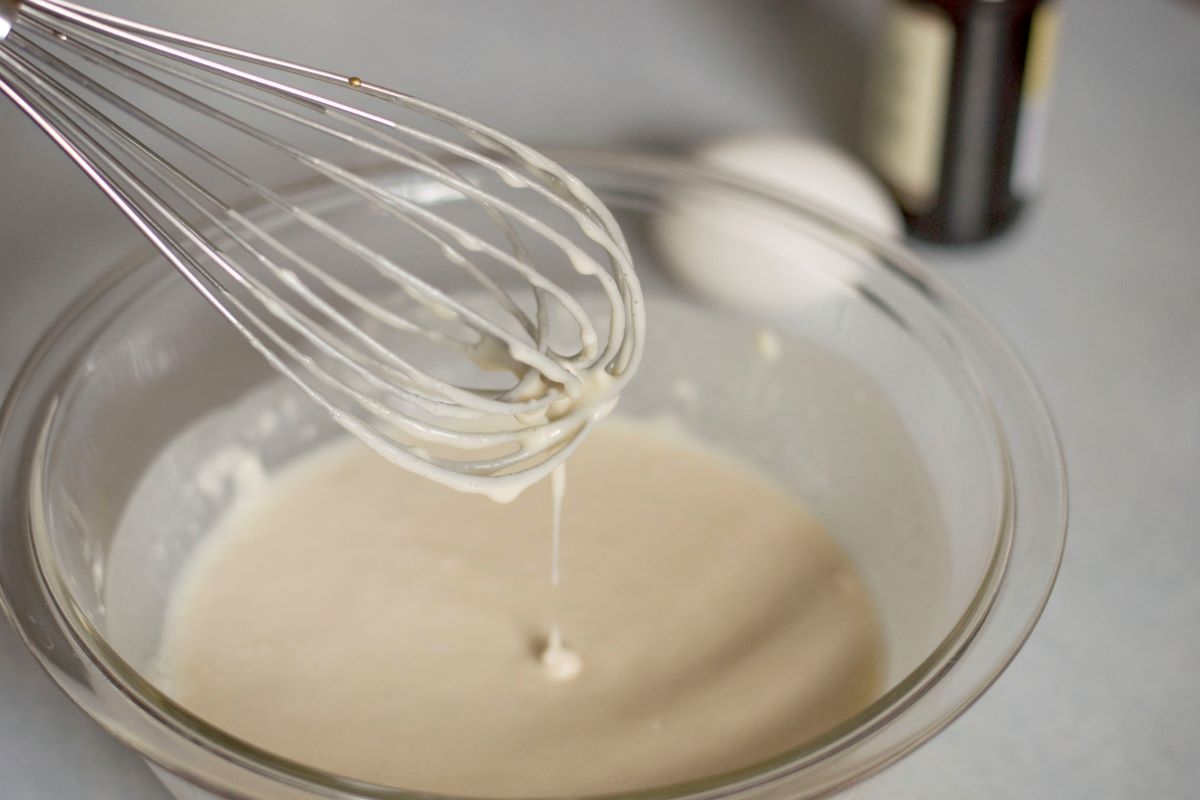
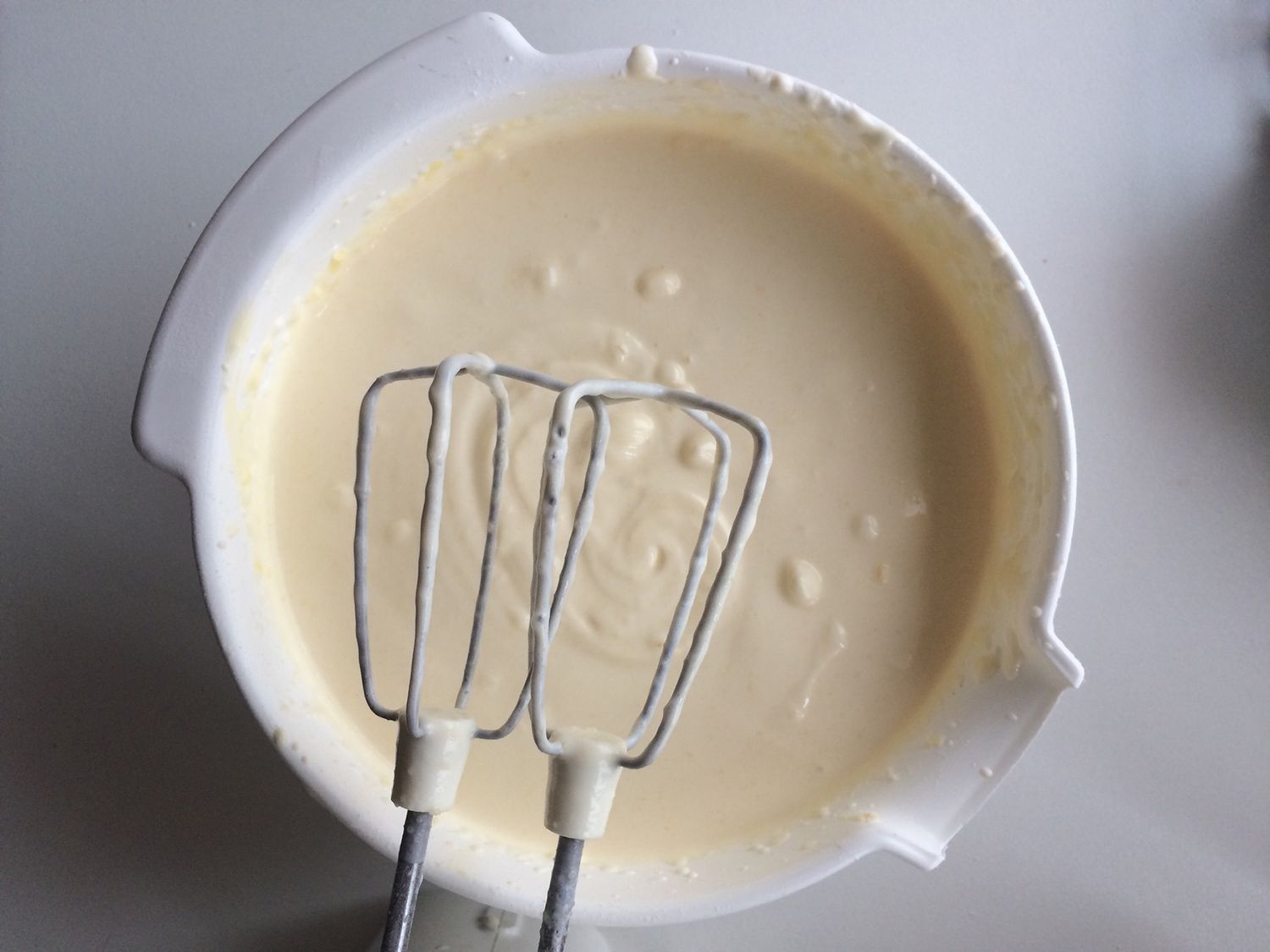
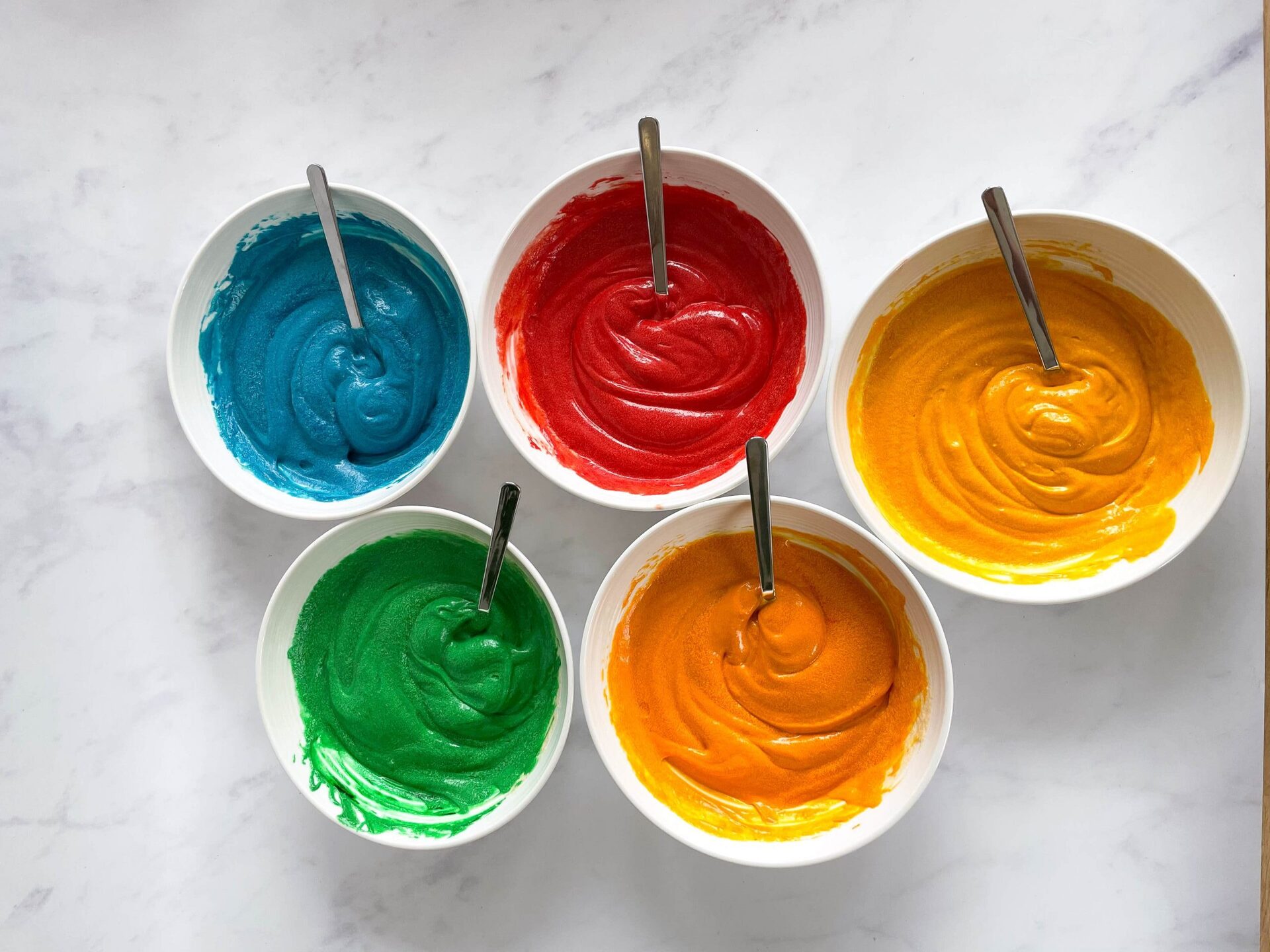
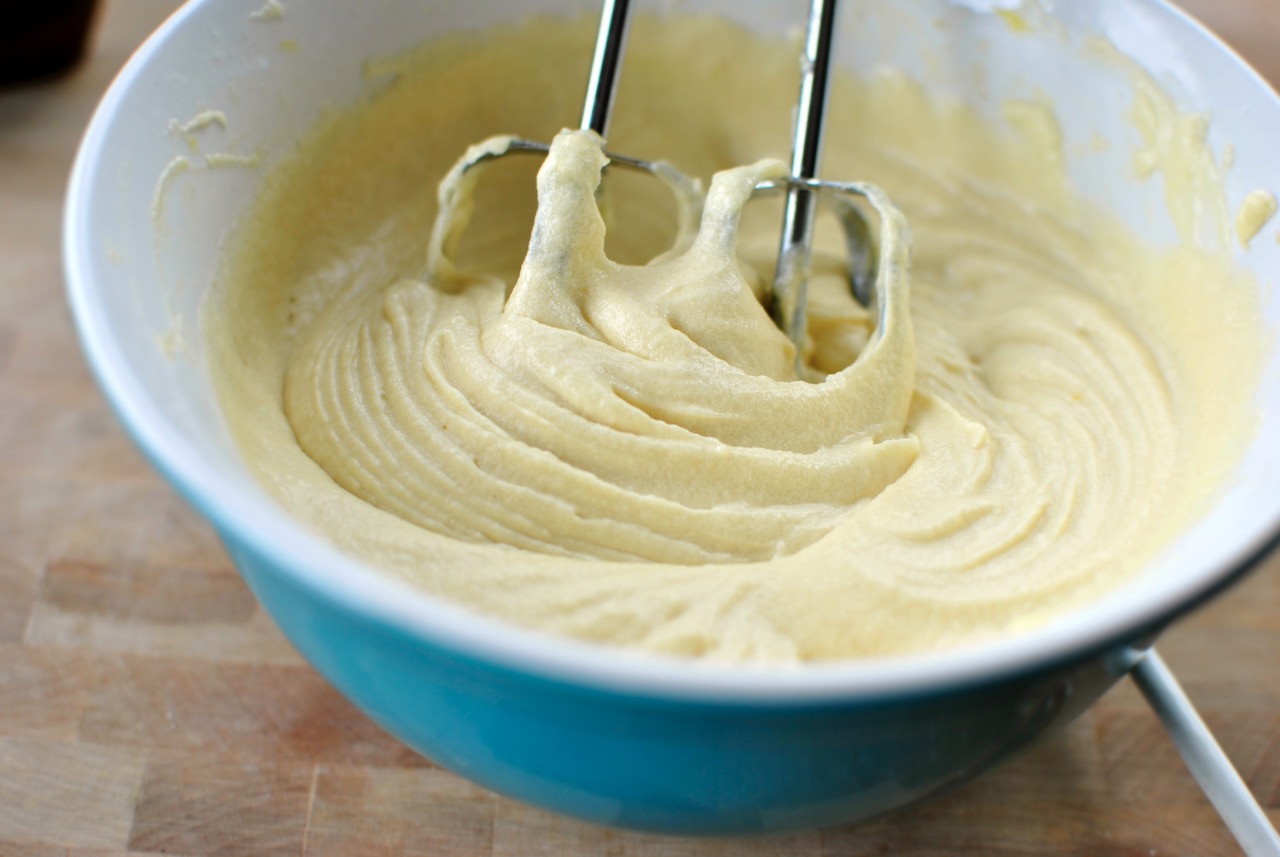
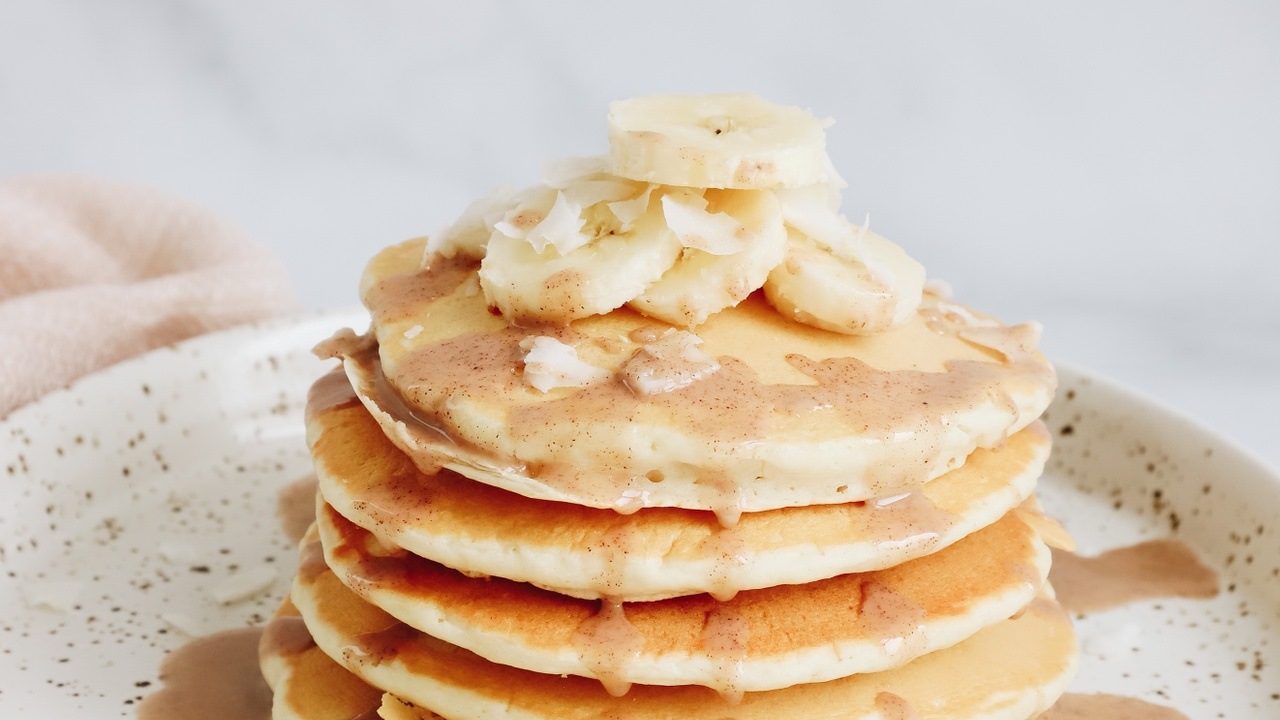
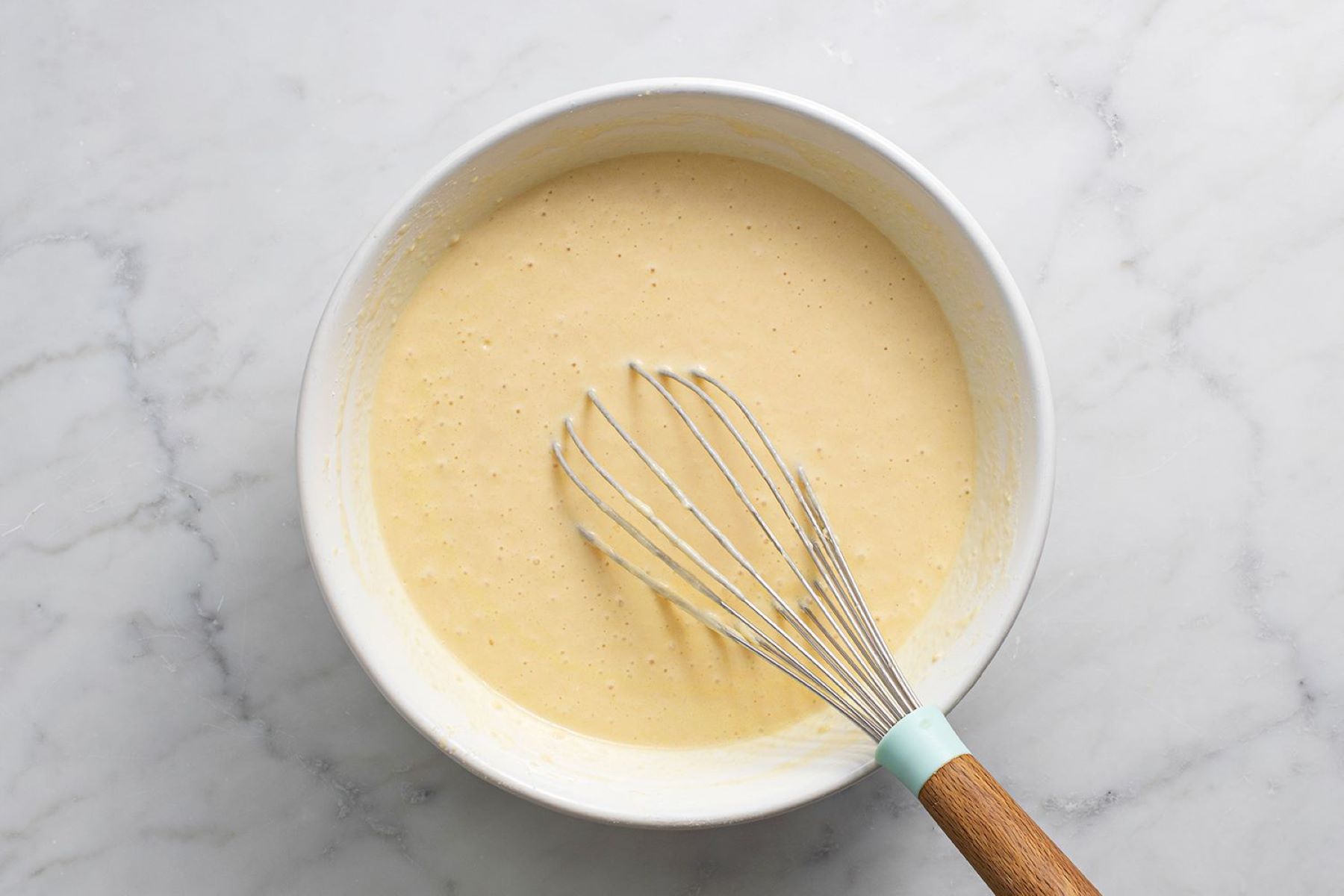
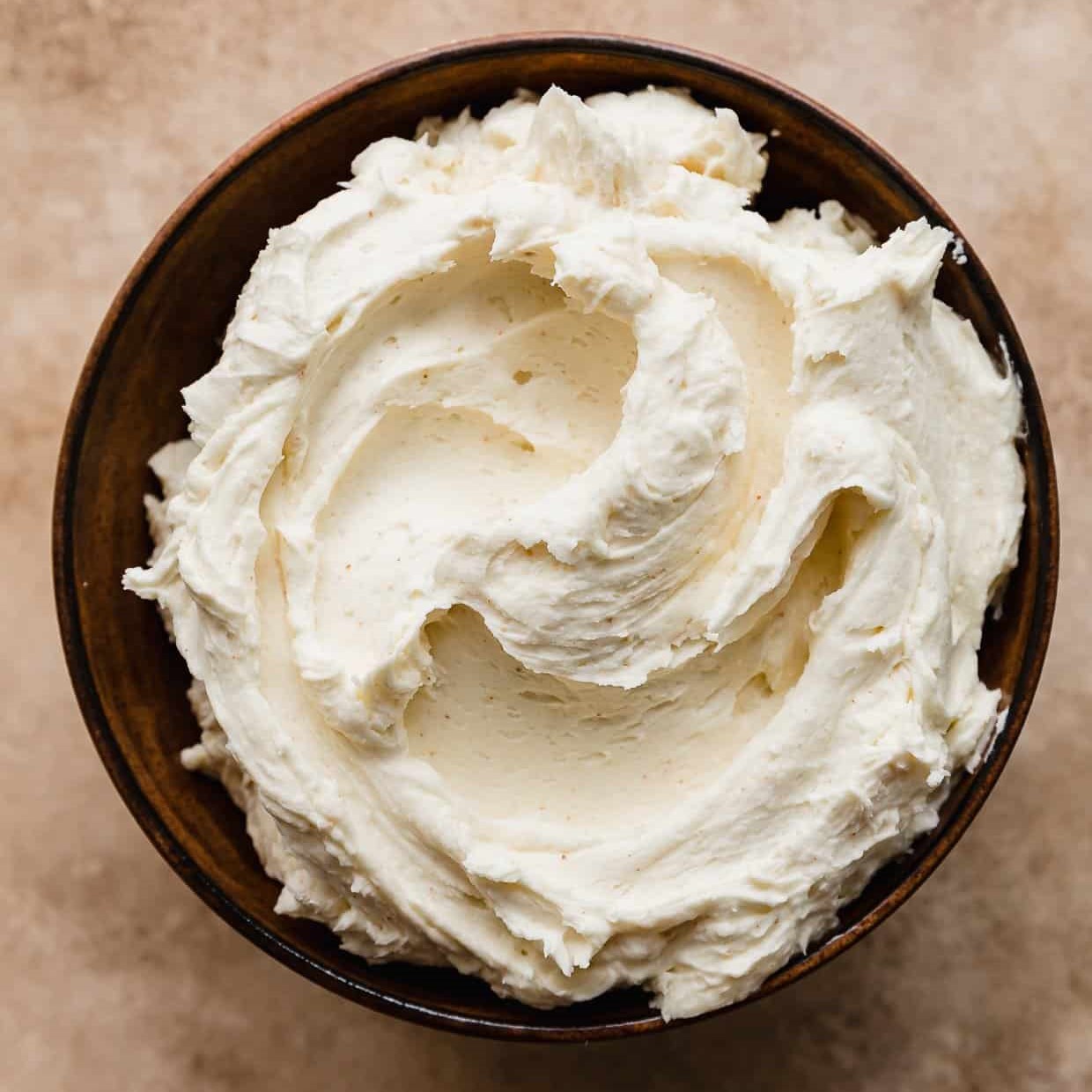
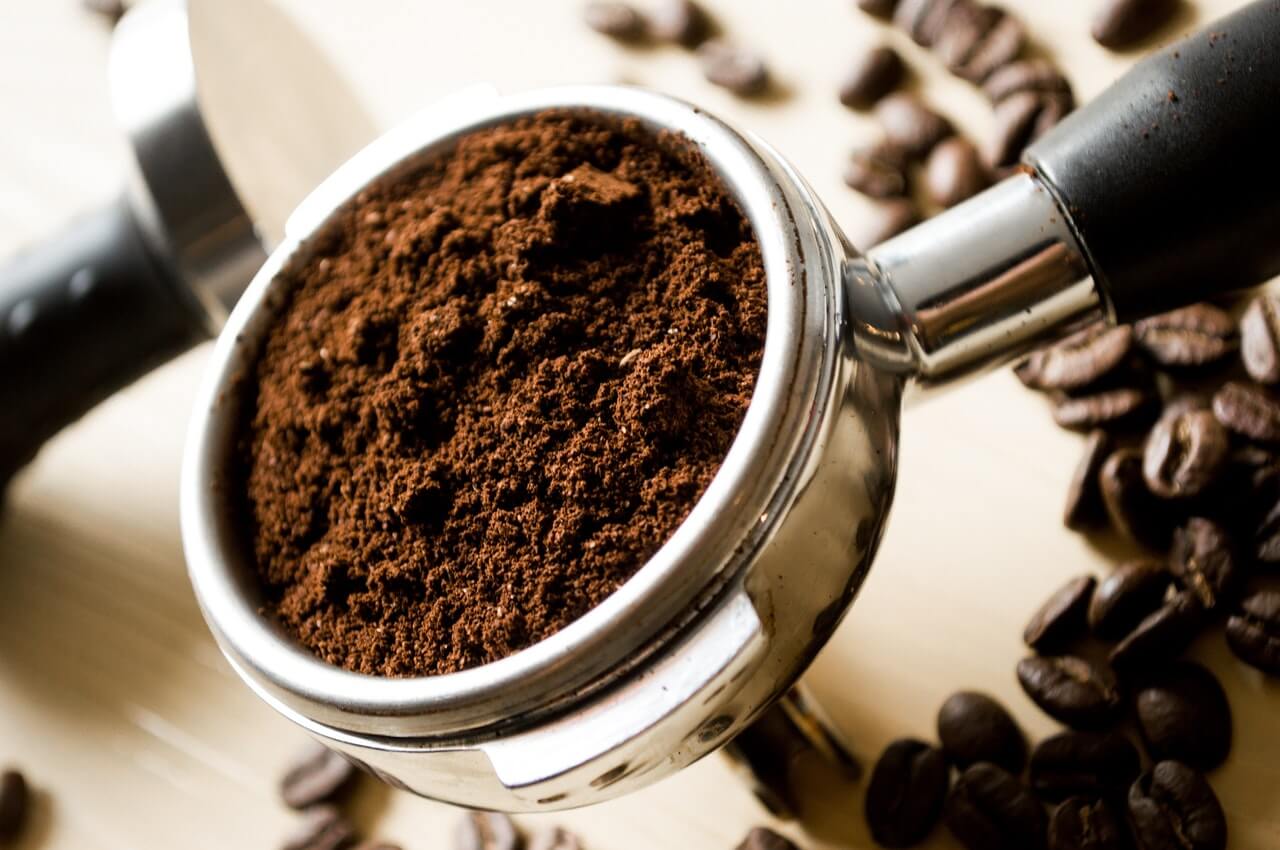

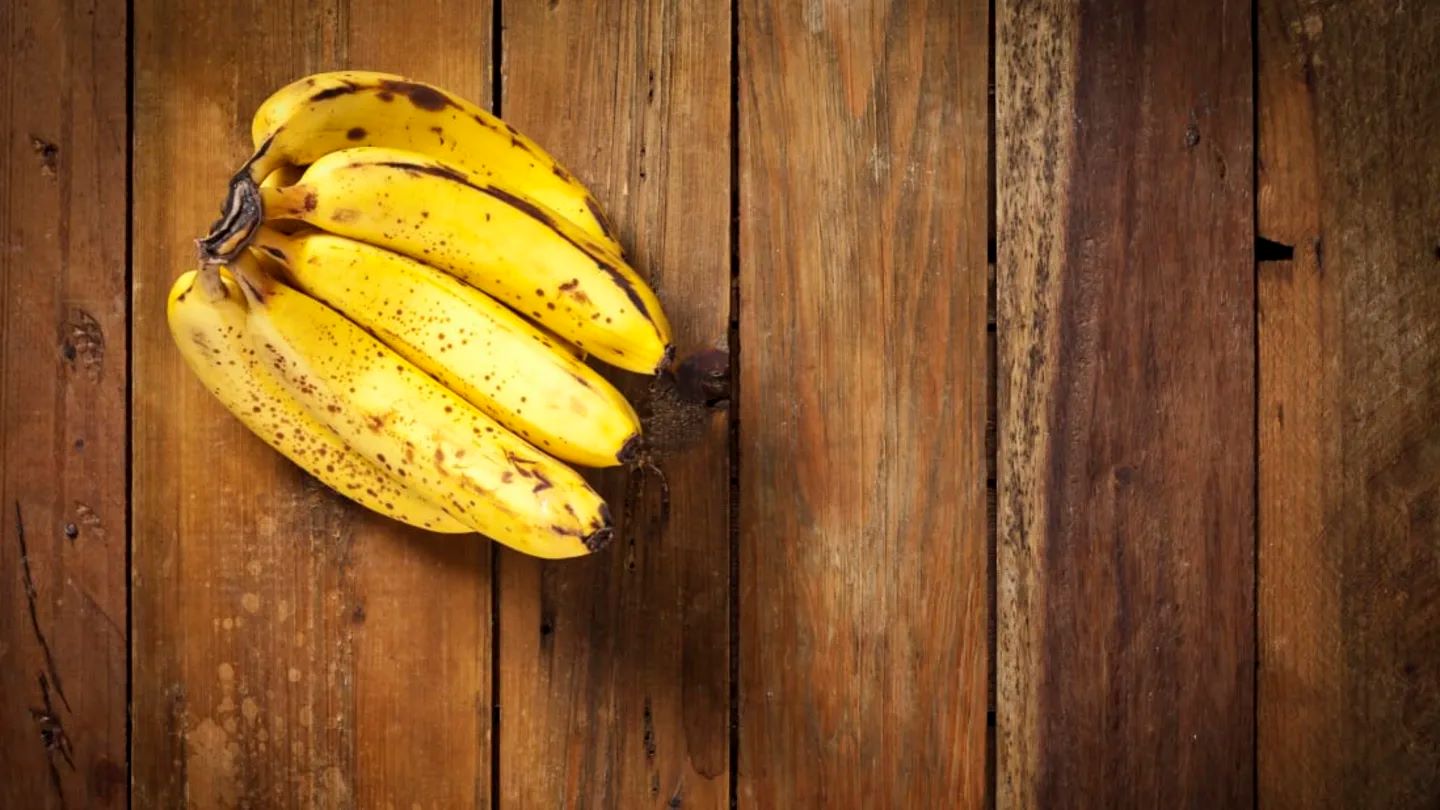
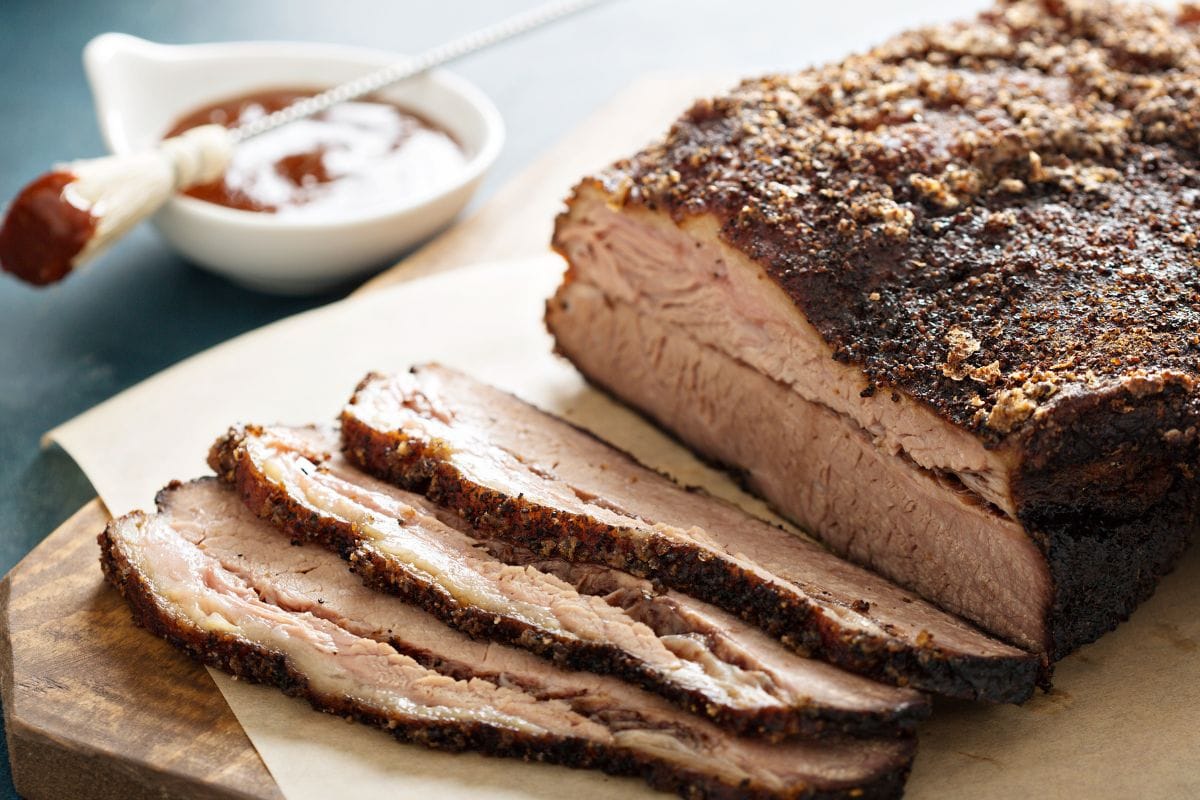
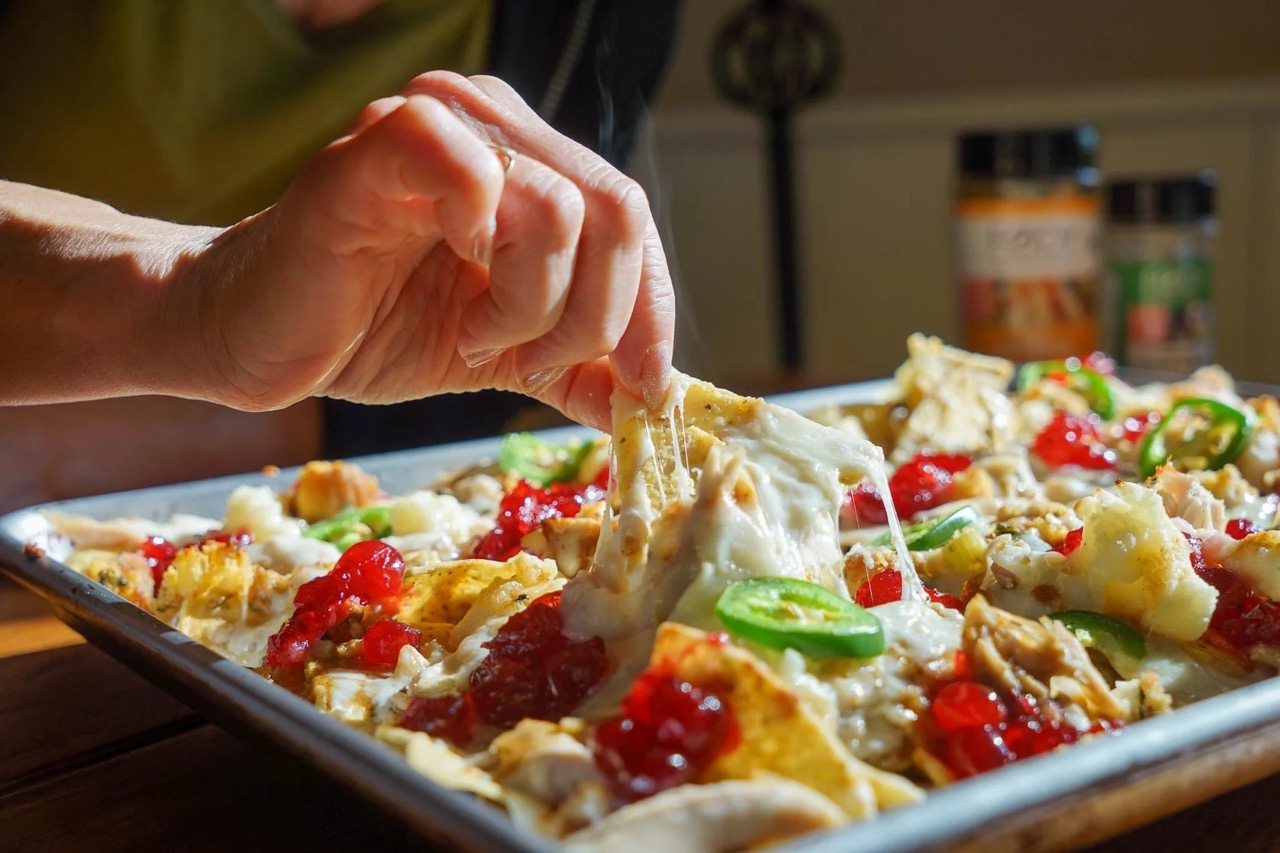
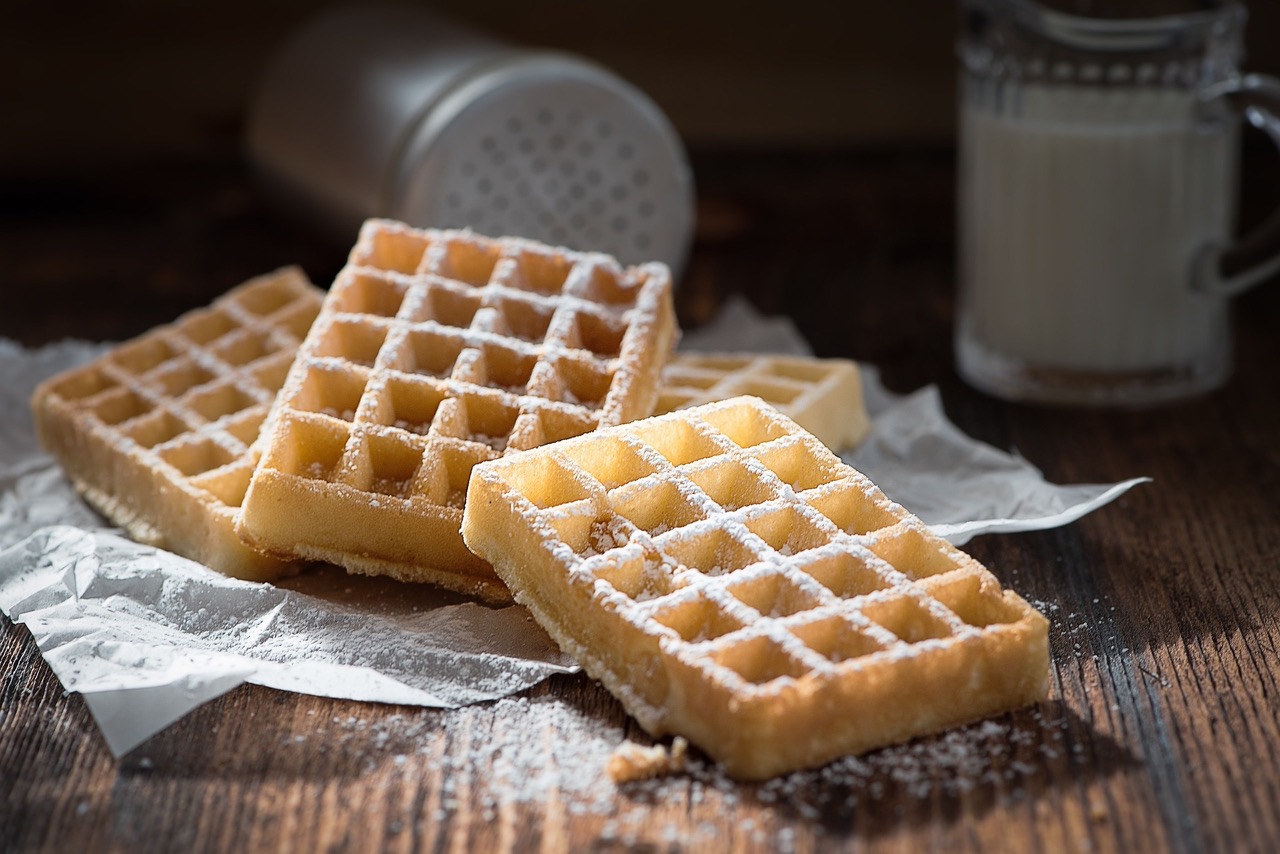
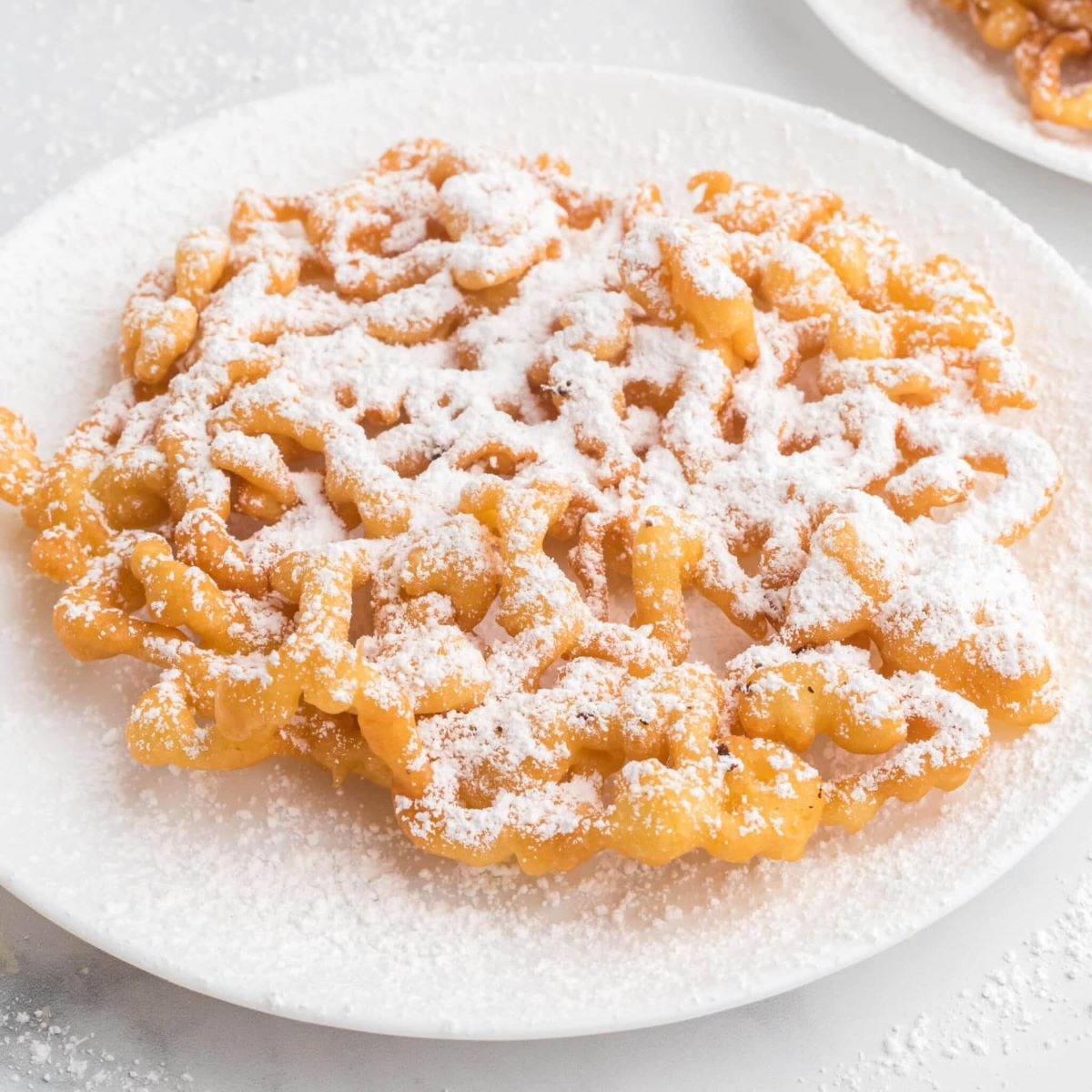

0 thoughts on “How To Store Leftover Cake Batter”